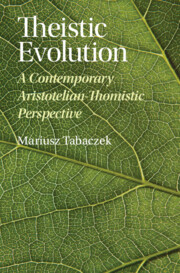The concept of the Anthropocene has highlighted the significant global impact of human activities on ecological systems on a geological scale (Crutzen 2002). This concept has come to significantly influence a scientific and political agenda orientated towards documenting and denouncing multiple negative anthropogenic factors that have led to global change. Nevertheless, not all large-scale environmental transformations by human societies have been intrinsically destructive. Many indigenous communities in the Neotropics, Palearctic, sub-Saharan Africa, North America, Indo-Malaya and Australasia have radically – albeit often constructively – modified the physical and biotic conditions of the ecological systems that they inhabit (Ellis 2015). It is necessary to revise the assumption that human actions always degrade the environment, through a reconceptualization that we have previously called ‘anthropogenesis’ (Rivera-Núñez et al. 2020). Instead of the naïve portrayal of the ‘good Anthropocene’ (Hamilton 2015, Fremaux & Barry 2019), anthropogenesis seeks to enrich the biodiversity debate with the historical human expressions of constructed environments that the conservation-focused ‘Edenic sciences’ and the ‘pristine syndrome’ (Robbins & Moore 2013) tend to ignore, or ‘Anthropo-not-see’ (de la Cadena 2019). The objective of this comment paper is to urge the academic community, grassroots organizations and governments to employ a concept of ‘palimpsest’ (from the Ancient Greek for ‘again scraped’, implying that something is scraped clear ready to be used again) in the reconceptualization of biodiversity conservation from a historical perspective that implements research and policy agendas that incorporate the human propensity for environmental construction in a deeper and more inclusive manner.
